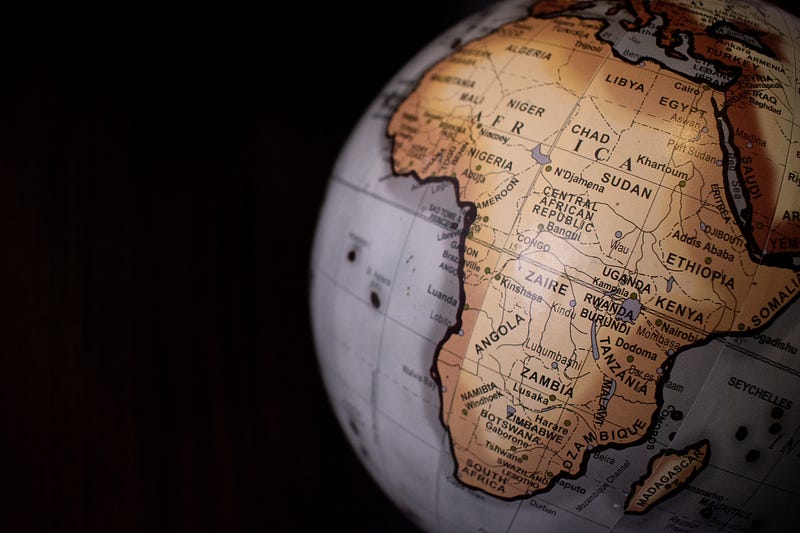Reevaluating Human Migration: New Insights on Our Origins
Written on
Chapter 1: The Evolution of Migration Theories
Recent advancements in DNA research reveal that human migrations from Africa may have occurred earlier than previously believed. Archaeological findings frequently unearth new evidence and fossils that continuously extend the timeline of human settlement across diverse regions worldwide.
It is well-documented that early hominids ventured out of Africa millions of years ago. However, modern Homo sapiens are understood to have remained in Africa far longer than other hominid species, such as Homo erectus. Historically, out-of-Africa theories proposed that we began migrating around 60,000 to 70,000 years ago, with some estimates suggesting a timeline closer to 100,000 years ago. Recent insights indicate that multiple waves of migration into Eurasia may have occurred much earlier than these estimates suggest.
Evidence is emerging that suggests a theoretical overlap between the Miocene and Pleistocene epochs, proposing that the first exodus of Homo sapiens from North Africa could date back as far as 300,000 years ago. Shara Bailey, a paleoanthropologist at New York University, posits that a discovery in present-day Morocco supports the idea that Homo sapiens—and closely related groups that interbred—may have departed Africa from the north as well as the east.
Driven by significant climate fluctuations that influenced the availability of vegetation and game, various groups left minimal traces behind. Nevertheless, each minute bone fragment and every piece of environmental data adds to our understanding. The likelihood of interbreeding among these groups is high, making the interpretation of DNA evidence complex.
Numerous debates and theories circulate within the scientific community, encouraging ongoing evaluation of evidence and the pursuit of new findings. This dynamic process enhances our comprehension of human adaptability in response to drastic climate changes, albeit the current rate of climate change is unprecedented and primarily driven by human activity.
The discourse even extends to the settlement of the Americas, with evidence suggesting that migrating groups may have utilized Kelp Kayak "highways" as much as they crossed the Bering Strait during the Ice Age. This, coupled with archaeological findings related to tools and settlements, could indicate that our prehistoric ancestors arrived in the Americas over 100,000 years prior to Christopher Columbus.
The first video provides an exploration of the ancient human dispersal from Africa to East Asia and Polynesia, detailing the latest research and findings.
Chapter 2: Understanding Human Migration Patterns
The second video delves into recent findings about the earliest human migrations, shedding light on our ancestors' journeys and the evidence supporting these theories.
Section 1.1: The Role of Climate in Migration
Climate has played a crucial role in determining the patterns of human migration. Understanding how environmental changes influenced the movement of various groups provides insights into our adaptation and survival.
Subsection 1.1.1: Interbreeding and Genetic Evidence

Section 1.2: Reevaluating the Settlement of the Americas
Recent findings indicate that the arrival of humans in the Americas was likely more complex than previously assumed, prompting a reevaluation of our migration history.